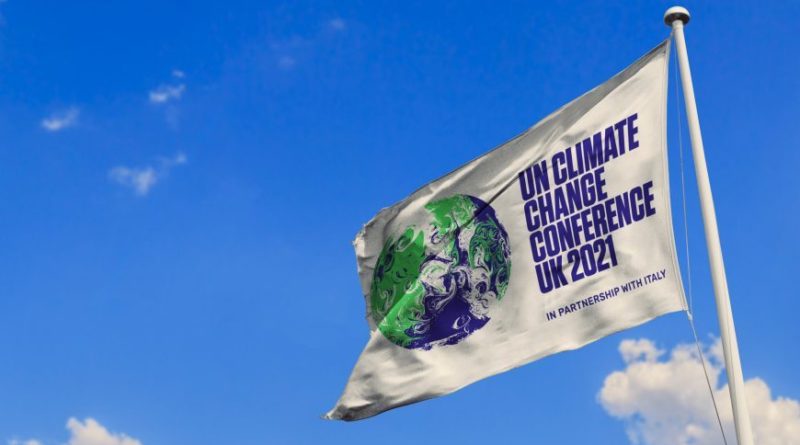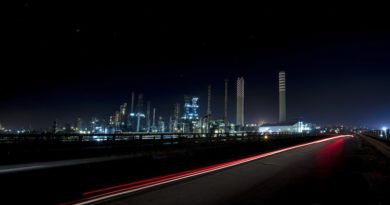
The path to 2050 will be defined by how we get to 2030 – Time to move from the age of pledges to the era of results
In the spring of 2020, I took on the biggest and most important responsibility in my political life. As European Parliament lead negotiator on the European Climate Law, I saw my opportunity to push the EU to do what is necessary to curb the climate crisis. It was time for the EU to become the first large emitter to live up to the Paris agreement.
The negotiations started out well. The European Parliament adopted its most progressive position in history. By 2030, we took a stance for a 60 per cent reduction target compared to 1990. The subsequent negotiations with the European Council also resulted in important wins for the structure of the Climate Law.
The EU institutions agreed on a carbon budget specifying a reduction pathway, through 2030 and 2040 to 2050 and a strong independent scientific advisory board to evaluate European policies against the latest science.
However, these wins also started to spark a lot of nervousness within the Council. Questions were raised on how far the European Parliament would push for higher ambition on 2030, until a deal would be possible. The Council position was a merely 55 per cent reduction, that also included the contributions from carbon sinks.
Late at night, after 14 hours of intense negotiations, I realised that I had emptied every possibility for a more ambitious deal. All the progress so far was at risk if I did not put my signature on their final offer. Apart from a limitation of the role of carbon sinks, we had to concede and accept the Council’s lower 2030 target.
I left the negotiations with a feeling of perplexity. On the one hand, looking back just two years, this outcome would have been almost unimaginably ambitious. On the other, it was painful to see the discussion at some point shift from what is necessary to what is possible.
I believe this raises some fundamental issues both for the EU and for the climate.
The climate crisis is by definition a transboundary issue, we need common solutions across countries and respect the will of the European citizens. Yet, a consensus-driven culture in the Council allows just a few conservative countries to water down the ambition of an entire union.
Rather than policy being shaped by what the many wants, it is decided by what the few wants to avoid.
The other issue is the one of power imbalance. I entered politics in my youth to tackle inequalities. In the world today, the richest one per cent is twice as wealthy as the bottom 90 per cent. The richest one per cent emits twice as much CO2 as the bottom 50 percent. These same inequalities are just as evident in decision-making. When the big EU leaders united on a level of ambition, the herd of other leaders quickly followed. Nothing, not even a majority of EU citizens, could cause them to move a centimetre.
I will keep fighting for higher ambitions as the climate law translates into sectorial legislation and as a delegate to the COP26. But, I want to take this opportunity to call on the leaders of the biggest emitting countries to show true leadership ahead of the Glasgow summit. Unless it is painful, if you are not meeting resistans, you have probably not shown the necessary political leadership.
The Paris agreement was crucial in that it rebooted the conversation on the climate crisis. This paved the way for political structures to be set up, for the youth movement to raise its voice and for investors re-examine the future. However, it did not have a significant effect on actual reduction of greenhouse gas emissions. At the current pace, global emissions until 2030 will remain the same as today; what we need is at least 45 per cent emissions reduction.
COP26 must be the moment when the conversation turns into action, when the age of pledges turns into the era of results.
Eighty countries still have not updated their nationally determined contributions. World leaders must step up and present clear emission reduction pathways combined with concrete policy proposals. One such instrument that more countries should adopt is the EU emissions trading scheme. A recent ground-breaking study showed that to have a chance of staying below 1.5 degrees of heating, we must leave in the ground 90 per cent of the coal reserves and 60 per cent of the world’s natural gas and oil reserves. Yet, countries keep exploring new venues to drill for even more fossil fuels. Only a commitment to rapidly phase out fossil fuel subsidies and to start pricing externalities can put an end to this madness.
It is time to honour the work and terrifying conclusions of the IPCC sixth assessment report. It is time to honour all the victims, who lost their lives and livelihoods in the recent extreme weather events. It is time to honour the Paris agreement with a dignified follow-up where the world steers toward safer ground and avoids the worst of the climate catastrophe. It is possible – but the we need to turn our pledges into results.




